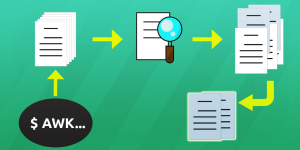

Sudo cp /vagrant/scripts/myenvvars.sh /etc/profile.d/myenvvars.sh #Permanently setting environment variables for all users Sudo apt-get install -y adoptopenjdk-11-hotspot So, based on the manual steps mentioned in the previous article, in the scripts directory on my Windows laptop, I created the file quarkus.sh with the following content: #!/bin/bash nfigure("2") do |config|Ĭonfig.vm.define " ubuntu_k3s_quarkus" do | ubuntu_k3s_quarkus|Ĭonfig.vm.provision "k3s shell script", type: "shell",Ĭonfig.vm.provision "helm shell script", type: "shell",Ĭonfig.vm.provision "dashboard shell script", type: "shell",Īrgs = config.vm.provision "quarkus shell script", type: "shell", path: "scripts/quarkus.sh", args: args To further automate setting up my demo environment, I changed the content of Vagrantfile to: This step didn’t need extra software to be installed.įurther automate setting up my demo environment Step 4 Start Coding with Quarkus 1.7.0.Final.Step 3 You need Apache Maven 3.6.2+ or Gradle.I also installed the native-image tool (-image, version 20.1.0) I installed GraalVM Community Edition 20.1.0 Step 2b Optionally get GraalVM 20.1.0 for native compilation.I installed AdoptOpenJDK 11 (LTS) HotSpot Step 2a You need a JDK 8 or 11+ (any distribution).The next steps I installed on my demo environment with K3s (with the Kubernetes Dashboard) on top of an Ubuntu guest Operating System within an Oracle VirtualBox appliance:


I installed IntelliJ IDEA Community Edition 2020.2 on my Windows laptop. In this article, you can read more about the steps I took to further automate setting up my demo environment and the Quarkus code guide “Quarkus – Creating Your First Application”, I tried out, including the hot deployment with background compilation.Īs you may remember, the steps I took, to get started with Quarkus were: In my previous article, I shared with you the steps I took, to set up a demo environment, so I could get started with Quarkus.


 0 kommentar(er)
0 kommentar(er)
